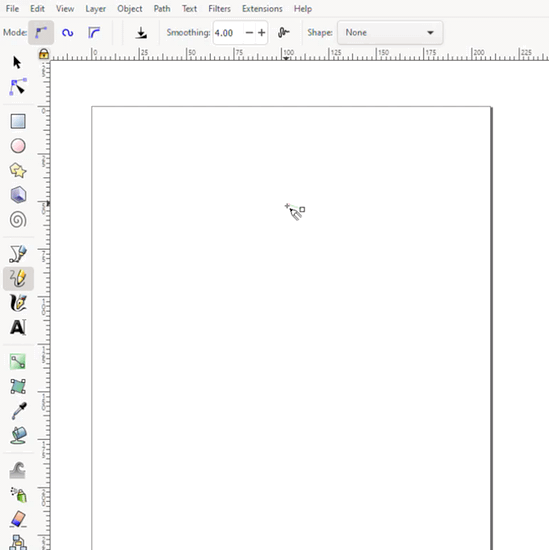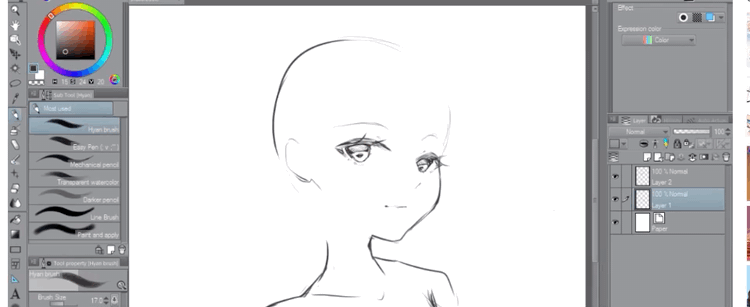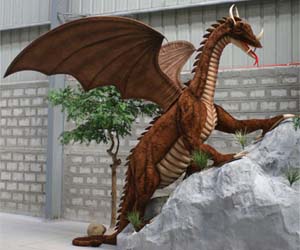Inkscape: 2D Art for 3D Artists
- Mary Do

- Dec 9, 2020
- 2 min read
A few weeks ago, I had never before created 2D digital art. However, when Billy told me he wanted a world map for Snavi, I knew it was time to venture out to foreign lands.
Coming from a background of 3D modelling, I found that the most intimidating part of creating 2D art is the lack of control. How anyone can draw on a tablet or with a mouse, I will never know. However, it turns out that with the right tool, you don't have to worry about the lack of control - you can just leave that part to algorithms and code.
Seriously...how do people do that?
Vector images are images defined by mathematics. Since math is not bound by pixels, neither are the vector images. As a result, vector images will always appear crisp, no matter how much you zoom into them. In addition, since they are defined by mathematics, you have better control over the final result.

A beautiful summary of the difference between raster images and vector images. https://lasergods.com/vector-vs-raster/
Inkscape is a vector image creation tool. The most important tool you'll probably work with in Inkscape is the Bezier tool. The Bezier tool allows you to create smooth, finely tuned curves (Bezier curves are a lot of math - fortunately you don't need to worry about any of that! Inkscape takes care of the math for you), and with enough of those curves, you can create a nice, crisp, complex image without too much trouble on your part.
This pretty much sums up why you should use the Bezier tool instead of freehand.
There are plenty of Inkscape tutorials out there, so I figured I could just share some tricks I learned when creating the Snavi world map.
Shadows and Reflections
This is the most important skill to learn for any artist. Without shadows and reflections, there will be no depth to the art, and you'll end up with a flat image. So how does one do shadows and reflections in Inkscape? With layers!
Consider the following images of the lava pit in Snavi. It's fairly easy to tell which has greater depth.
To transform from left to right, simply create more layers of the left curve, resize and fill them with different shades, and then rearrange them to give the desired shadows/reflections.
"Modelling" Assets
What about more complicated pieces? My main advice is this - Don't Start From Scratch. Seriously, don't. Bezier curves are probably not the best method for bringing the image from your mind straight onto the screen.
Instead, what you probably want to do is find reference images or draw them and then import them into Inkscape, especially if you don't have much artistic experience. You can then trace out the images with the Bezier tool. Once you have a rough sketch, you can let your imagination go free to shape the curves to align with the images in your mind.
Yeah...I didn't freehand these. I didn't freehand any of them really. But art doesn't have to start original to end original :-)
That's all. I hope someone finds this useful. ^_^
So if you haven't already, go check out Inkscape! It's free and could be very useful for designing your games!






















Comments